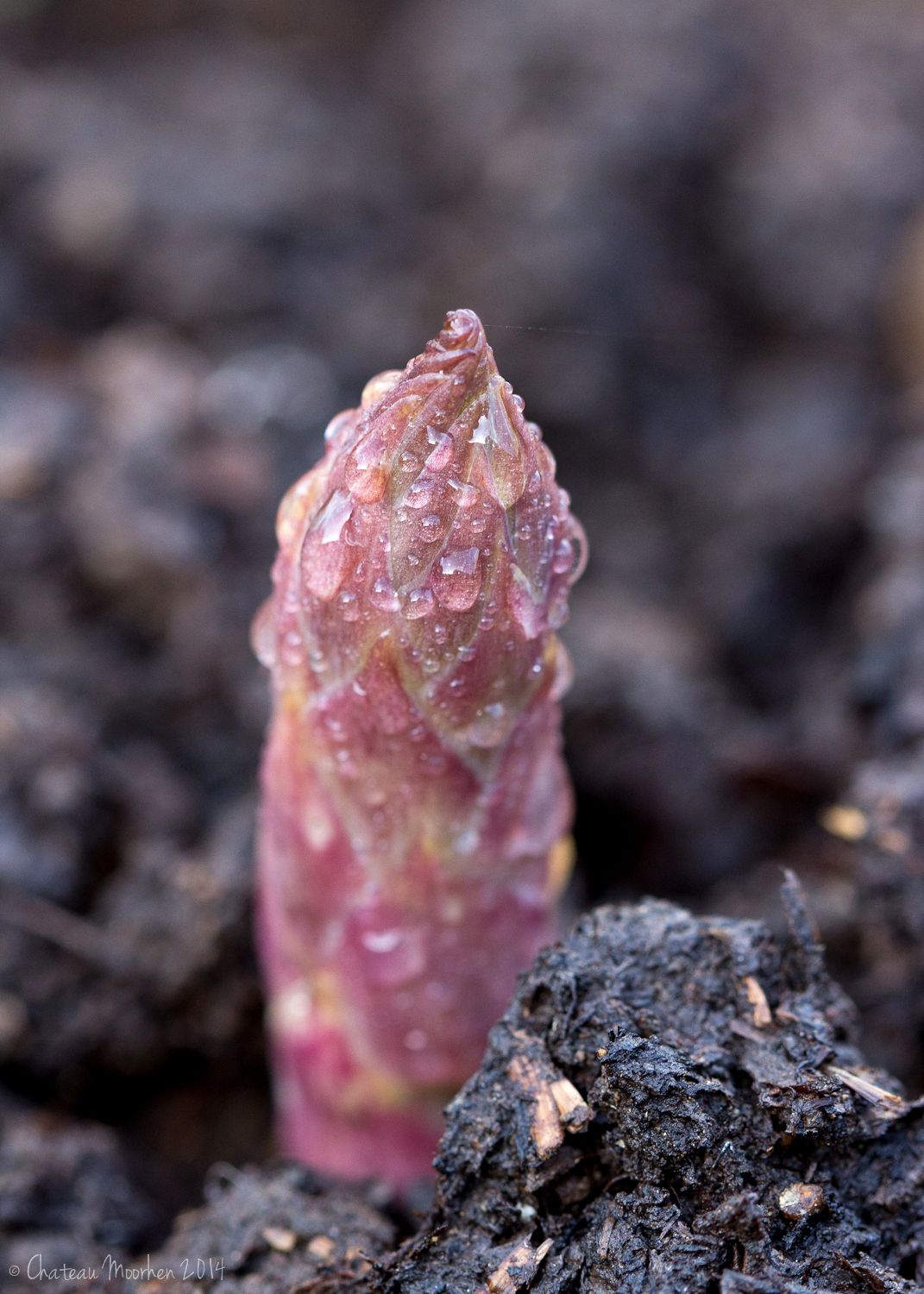
A garden is good insurance for making sure that nutritious, delectable vegetables are available throughout the year, wouldn’t it be nice if you could plant a vegetable that you plant once but it keeps offering you its produce year after year. Well, you can do this with perennial vegetables.
Perennial vegetables like asparagus, rhubarb, Jerusalem artichokes, and horseradish among other vegetables can be planted once and with little care offers a crop year after year.
Asparagus
Native to Western Europe, but a hardy perennial here in the US, asparagus, is probably the most popular perennial vegetable. With good reason, asparagus plants are viable for up to twenty years and nothing compares to the taste of homegrown fresh asparagus.
I grew my asparagus last year from seed. Growing from seed takes a lot of patience, but it’s worth the wait. However, if you don’t want to wait, you can also buy two to three old crowns.
I started my asparagus plants in January 2020. I put the seed in the refrigerator for a couple of months so that the seed would chill. I soaked the seeds overnight and then when I was ready, I planted them indoors in flats. This way I was able to control their growing conditions. Also, the asparagus didn’t need to combat weeds just to get started. (It takes anywhere from 2-8 weeks for asparagus seed to germinate).
I planted the seedlings in the garden bed behind the shed in April last year and kept them reasonably weed-free so that they could grow. Their roots are well established now, but it will still be a year or more until I am able to get a harvest.
Rhubarb

Pioneers called this perennial “pie plant” because rhubarb pie was a favorite among them. Though used like a fruit in pies, rhubarb is actually a vegetable. I planted my rhubarb in the part of the herb garden where I had grown kale, greens and late corn last year. I planted it here for a couple of reasons. One, the garden had been deeply dug and lots of organic material had been added and perennial grasses had been removed. It is a sunny enough location (more than 6 hours of sun per day).
I have two plants so I planted them on opposite sides of the four foot long bed. To plant them I dug a hole and positioned the bare root rhubarb plant so that the crown was 2-3 inches below the surface. I tamped the soil down lightly over the rhubarb and watered it thoroughly.
Jerusalem Artichokes
<p value="<amp-fit-text layout="fixed-height" min-font-size="6" max-font-size="72" height="80">Also called sunchokes, Jerusalem artichokes grow wild where I live, but I decided to grow them in my yard, because I love to use them in stir fries in place of water chestnuts. They can also be used in place of potatoes. The tubers look like ginger root and provide a starch (inulin) that converts to fructose in the digestive tract and is better tolerated by diabetics than the potatoes would be. The flowers look like sunflowers and produce edible sunflower like seeds. (the seeds are smaller than sunflower seeds.)Also called sunchokes, Jerusalem artichokes grow wild where I live, but I decided to grow them in my yard, because I love to use them in stir fries in place of water chestnuts. They can also be used in place of potatoes. The tubers look like ginger root and provide a starch (inulin) that converts to fructose in the digestive tract and is better tolerated by diabetics than the potatoes would be. The flowers look like sunflowers and produce edible sunflower like seeds. (the seeds are smaller than sunflower seeds.)This hardy perennial prefers cool weather and grows best in poor soil. I planted mine in the yard across the driveway from my perennial herb garden. They will flower during mid-summer. I planted it in the late winter just after the really cold weather. I added wood ashes and planted the tubers 12 inches apart and covered them with 3 inches of soil. I then added sawdust around the outside edge of the bed and placed rocks on top of the sawdust to ensure that I knew where the plants were when I mowed the lawn later in the season.
Horseradish
This vegetable is a hardy perennial and grows in all planting zones except the hottest desert regions. For perennial planting, I gave mine plenty of space and planted it at the edge of my herb garden next to the frost-free faucet. Because I have three plants, I planted them in a triangle and planted them 3 feet apart. It thrives best in sandy soil, but since I have clay soil, I amended it with plenty of organic material. Because it loves potassium, I dusted the area with wood ashes. It does not like too much nitrogen, so I did not add composted chicken manure. I buried the horseradish so that the crown was placed in the hole at an angle, not straight up and down with the top two inches below the soil level and backfilled the remaining hole. I then covered the horseradish bed with sawdust for mulch and so that I knew where the horseradish was planted.
So, what is your favorite perennial vegetable? Is it similar to what I am growing or do you have something else that you like to grow year after year?
